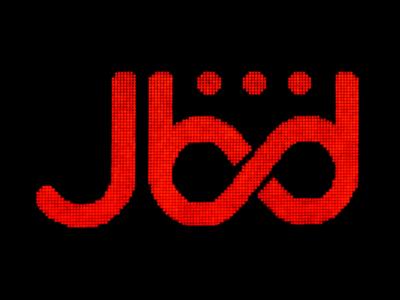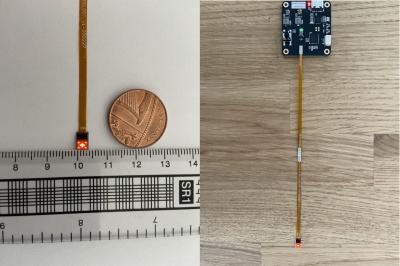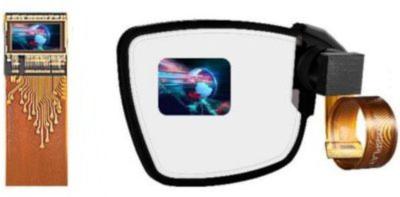China-based MicroLED microdisplay developer Jade Bird Display announced that it has developed a higher-efficiency AlGaInP-based (native) red microLED, that achieves a brightness of 750,000 nits, an increase of 50% compared to its currently-used emitter. The company says that this it the industry's brightest native red emitter.

JBD says that it managed to redistribute the local charge carriers by a breakthrough in surface treatment process and in this way, minimize the surface non-radiative recombination and boost the efficiency. The company says it expects to implement this technology in mass production by middle of 2023.
JBD says that it has done in-depth research in InGaN based red MicroLED technology, and it confirms that the brightness of InGaN-based red MicroLED microdisplays is orders of magnitude lower than the requirements for AR. In addition to the lower brightness, InGaN red suffers from low reliability, very wide spectrum for red, low color uniformity and low color stability. Accordingly, JBD has concluded that there are fundamental physical problems that could not be solved in the short term, and will not pursue InGaN red MicroLEDs in the near future.
JBD also announced a new product that will be unveiled at SID Displayweek 2023 in May, a 0.4cc 1 gram polychrome projector. The company says it will be the industry's smallest such display engine, and JBD says that coupled with a high efficiency wave guide it will be possible to provide 2,000 nits in an AR headset while consuming only 26 milliwats. The engine will use the company's new 750,000 nits red emitter.
JBD also released some updates on their latest QD research status. The company is progressing with QD color conversion technology, and it has achieved 37,000 nits in its QD-cc red emitter which is the highest reported figure for brightness at a pixel pitch of 4um or lower. JBD says that its QD-cc microLED display brightness is expected to exceed 150,000 nits (this is their current R&D device performance). JBD expect to show a high-brightness full-color QD-cc microLED prototype by the end of 2023.
While JBD is progressing with quantum dot technology, it still focuses on native microLED technology for AR technology, and sees ts QD panels suitable for non-AR applications that do not require ultra-high brightness.
In June 2022 JBD announced that it has developed a 500,000 nits 2 um AlGaInP red microLED emitter, which is now in production and offered in the company's 0.13" VGA monochrome red microdisplay.
In June 2022 JBD also updated that it has shipped over 1 million microLED microdisplays., Which as an extremely impressive number, that does not sit well with Omdia's estimate that in total 39,000 microLED microdisplays were shipped in 2022.
JBD is building a 650 million Yuan ($92 million USD) display production line in Hefei, China, that will have a yearly capacity of around 120 million panels. It is estimated that JBD will be able to produce around 120 million panels in this fab. In August 2022 JBD secured its Series A3 financing round, raising "several hundred million Yuan", which could mean anything from $30 million USD to $130 million.

In May 2020, JBD announced its 0.13" VGA microdisplay - which it says is the world's smallest microdisplay. The JBD4UM480P microLED display is a monochrome 640x480 0.13-inch display, that offered a brightness of 2 million nits (green), 500,000 nits (red) or 150,000 nits (blue), with a power consumption of a few hundred milliwatts under average operation conditions.

Since the display introduction, JBD announced an impressive number of collaborations and customer design wins - including with Vuzix, Xiaomi, WaveOptics and tooz.


